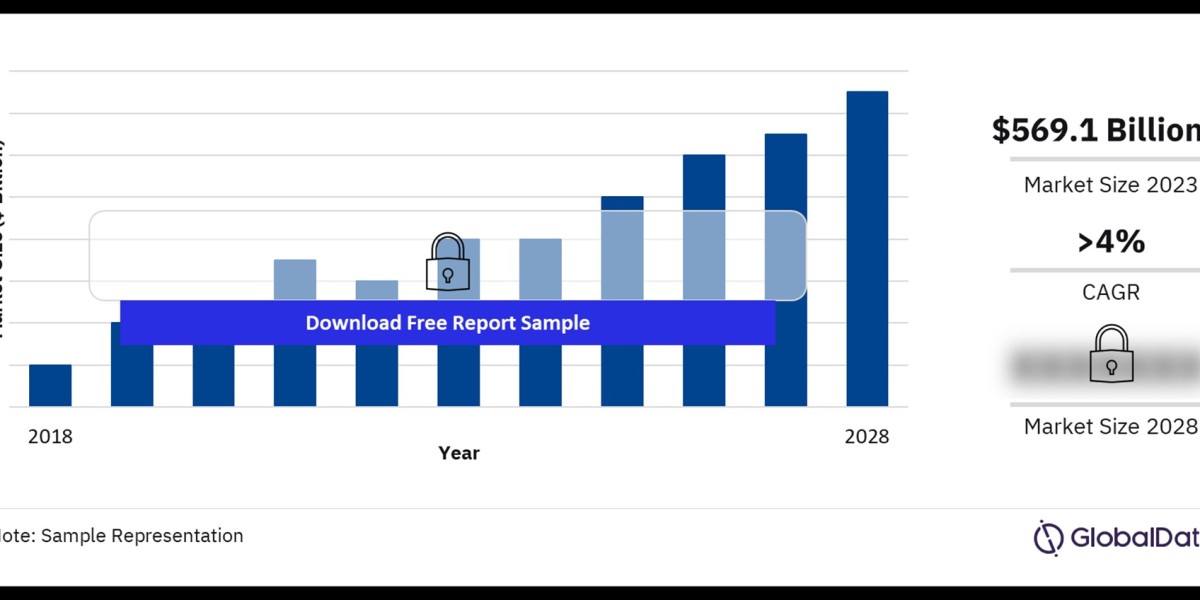In recent years, the online food delivery market has experienced exponential growth, transforming how consumers access and enjoy their favorite meals. With the rise of smartphones, increased internet penetration, and changing consumer preferences, online food delivery platforms have become an integral part of our daily lives. This article explores the trends, growth factors, and future outlook of the online food delivery market, highlighting its impact on the global food industry.
1. The Rise of Online Food Delivery: A Global Phenomenon
The online food delivery market has grown rapidly across the globe, driven by convenience, variety, and technological advancements. As of 2024, this market is valued at over $150 billion and is expected to grow at a compound annual growth rate (CAGR) of 10% over the next five years. Major players in this market include companies like Uber Eats, DoorDash, Grubhub, and Deliveroo, which have expanded their services to numerous countries, catering to diverse consumer needs.
2. Key Drivers of Growth in the Online Food Delivery Market
Several factors have contributed to the growth of the online food delivery market:
a. Convenience and Accessibility
One of the main reasons for the surge in online food delivery is the convenience it offers. With just a few taps on a smartphone, consumers can order food from their favorite restaurants and have it delivered to their doorstep. This convenience is particularly appealing to busy professionals, students, and families, making it a preferred choice over traditional dining out or cooking at home.
b. Wide Variety of Choices
Online food delivery platforms offer a vast selection of cuisines and dishes from a wide range of restaurants. This variety caters to diverse tastes and dietary preferences, allowing consumers to explore new cuisines and flavors from the comfort of their homes. The availability of multiple restaurant options on a single platform makes it easier for consumers to compare prices and read reviews before making a decision.
c. Technological Advancements
Advancements in technology have played a crucial role in the growth of the online food delivery market. Features such as real-time tracking, user-friendly interfaces, and secure payment gateways have enhanced the overall user experience. Artificial intelligence (AI) and machine learning algorithms are also being used to provide personalized recommendations, improving customer satisfaction and loyalty.
d. Impact of the COVID-19 Pandemic
The COVID-19 pandemic significantly accelerated the adoption of online food delivery services. With lockdowns and social distancing measures in place, many consumers turned to online food delivery as a safer alternative to dining out. This surge in demand led to increased investments in delivery infrastructure, marketing, and technology by food delivery companies, further boosting market growth.
3. Trends Shaping the Online Food Delivery Market
The online food delivery market is continuously evolving, with new trends emerging to meet changing consumer demands:
a. Cloud Kitchens and Virtual Restaurants
Cloud kitchens, also known as ghost kitchens, are delivery-only kitchens that do not have a physical dine-in space. These kitchens are cost-effective and allow restaurants to focus solely on delivery services. Virtual restaurants operate exclusively online and offer a variety of cuisines without the need for a traditional brick-and-mortar setup. Both concepts are gaining popularity, enabling food delivery companies to expand their offerings and reach a wider audience.
b. Subscription-Based Models
Subscription-based models are becoming increasingly popular in the online food delivery market. Platforms offer subscription plans that provide customers with benefits like free delivery, exclusive discounts, and priority service. These models help build customer loyalty and provide a steady stream of revenue for delivery companies.
c. Sustainable and Eco-Friendly Practices
As consumers become more environmentally conscious, there is a growing demand for sustainable and eco-friendly practices in the food delivery industry. Companies are adopting biodegradable packaging, reducing plastic usage, and optimizing delivery routes to minimize their carbon footprint. This shift towards sustainability is not only beneficial for the environment but also enhances brand reputation and attracts eco-conscious consumers.
d. Integration of Artificial Intelligence and Machine Learning
AI and machine learning technologies are being integrated into online food delivery platforms to enhance user experience and streamline operations. These technologies help in predicting consumer preferences, optimizing delivery routes, and managing inventory. AI-powered chatbots are also being used for customer support, providing quick and efficient responses to customer queries.
4. Challenges in the Online Food Delivery Market
Despite its rapid growth, the online food delivery market faces several challenges:
a. High Competition and Market Saturation
The online food delivery market is highly competitive, with numerous players vying for market share. This competition has led to price wars and aggressive marketing strategies, which can impact profitability. Market saturation in urban areas also poses a challenge, as companies strive to differentiate themselves and retain customers.
b. Logistics and Delivery Challenges
Efficient logistics and timely delivery are critical to the success of online food delivery services. Traffic congestion, adverse weather conditions, and delivery personnel shortages can lead to delays, affecting customer satisfaction. Companies must invest in robust logistics management systems to overcome these challenges.
c. Regulatory and Compliance Issues
The online food delivery industry is subject to various regulations and compliance requirements, including food safety standards, labor laws, and data privacy regulations. Companies must navigate these regulations to ensure smooth operations and avoid legal complications.
5. The Future of Online Food Delivery
The future of the online food delivery market looks promising, with continued growth expected in the coming years. Innovations in technology, such as drone and robot deliveries, are likely to revolutionize the delivery process, making it faster and more efficient. The expansion of cloud kitchens and virtual restaurants will provide consumers with even more choices, while sustainable practices will become a standard expectation in the industry.
Buy the Full Report for Additional Insights on the Online Food Delivery Market Forecast








